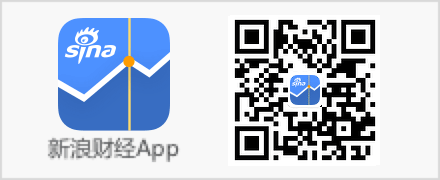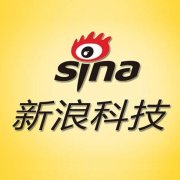本文引用地址:
1 目的
在单片机的调试中,我们日常的日志输出,通常是通过串口来实现,而通过串口重定向来实现又是常规的操作之一。这次我在前面的基础之上增加了printf 的面向对象的增加这项功能。
2 实现步骤
1.在工程中添加printf.c 函数,并把他加入到libs的分组之中。

2.在工程的设置中,打开Use MincroLIB库。

3.在printf.c中,添加对输入输出的系统头文件
4.重写fputc输出,在此函数中,我先查找Log 这个串口的驱动,如果查找到,则使用他的write 进行串口输出,代码如下:
view plaincopy to clipboardprint?
1. int fputc(int ch, FILE *f)
2. {
3. (void)f;
4. struct UartDev *pLogDevice = UartDeviceFind
(“Log”);
5. pLogDevice->Write(pLogDevice, (unsigned
char*)&ch, 1);
6. return ch;
7. }
5.重写scanf 函数,在这个函数中,我也一样先查找以”Log”命名的串口,如果查找到,则使用这个驱动的write 进行输出。其代码如下:
view plaincopy to clipboardprint?
1. int fgetc(FILE *f)
2. {
3. uint8_t ch;
4.
5. (void)f;
6. struct UartDev *pLogDevice = UartDeviceFind
7. /* 启动接收字符 */
8. while(pLogDevice->Read(pLogDevice,
(unsigned char*)&ch, 1) != 1)
9. {}
10. /* 回显 */
11. {
12. fputc(ch, &__stdout);
13.
14. /* 回车之后加换行 */
15. if (ch == ‘r’)
16. {
17. fputc(‘n’, &__stdout);
18. }
19. }
20.
21. return (int)ch;
22. }
6. 驱动设置好后,就可以在工程中使用printf 进行串口输出了。
添加测试代码如下:
view plaincopy to clipboardprint?
1. void led_blink(void)
2. {
3. uint32_t cnt;
4. UartDevicesRegister();
5.
6. LedDevice *pLED = LedGetDevice();
7. if(NULL == pLED)
8. {
9. printf(“Error. There is no LED device!rn”);
10. return;
11. }
12. pLED->Init(pLED);
13.
14. while(1)
15. {
16. cnt++;
17. pLED->On(1);
18. R_BSP_SoftwareDelay(1,BSP_DELAY_
UNITS_SECONDS);
19. pLED->Off (1);
20. R_BSP_SoftwareDelay(1,BSP_DELAY_
UNITS_SECONDS);
21. pLED->On(2);
22. R_BSP_SoftwareDelay(1,BSP_DELAY_
UNITS_SECONDS);
23. pLED->Off (2);
24. R_BSP_SoftwareDelay(1,BSP_DELAY_
UNITS_SECONDS);
25. printf(“run cnt %drn”,cnt);
26.
27. }
28. }
测试结果如下:

3 总结
使用面向对象之编程,可以实现代码的快递移植,当然重写printf 也是非常之简单。

“掌”握科技鲜闻 (微信搜索techsina或扫描左侧二维码关注)

















